DIY Food
How to Blanch Vegetables Like a Champ
Our Test Kitchen teaches you everything you ever wanted to know about blanching, and more.
Popular on Food52
Continue After Advertisement
9 Comments
Jules
January 18, 2020
I LOVE you! Thank you reaffirming my way I’ve learned from ya all! Ice water bath is everything! Pretty green everything.! I also Blanche my greens! Last night was Bokchoy... cheers 😘💖☃️
carswell
January 15, 2020
Blanched asparagus spears with aioli - one of the best ways to enjoy asparagus.
I used to do a buffet spread for a local choir and always had a platter of blanched asparagus and tiny boiled new potatoes with aioli as a dip. They would disappear as fast as the smoked salmon.
I used to do a buffet spread for a local choir and always had a platter of blanched asparagus and tiny boiled new potatoes with aioli as a dip. They would disappear as fast as the smoked salmon.
Rocky R.
March 26, 2014
What a great column!
One thing I had to learn was to start the timing from the minute the vegetables go in the pot of boiling water. If you wait for the water to come back to the boil before starting to time them, they'll be overcooked.
One thing I had to learn was to start the timing from the minute the vegetables go in the pot of boiling water. If you wait for the water to come back to the boil before starting to time them, they'll be overcooked.
Pegeen
March 26, 2014
Thanks for this helpful column, Marian. Blanching takes extra minutes but it changed my life (especially sauteed string beans at Thanksgiving). As far as passing along any blanching tips: sometimes I use a salad spinner. There's normally not enough space between the inner basket and outer container for ice. But I put the vegetables in the inner basket (as a strainer), dunk that into a big bowl of ice and water, swirl the veggies around. Then put the strainer full of veggies into the outer spinner container and spin to remove water, as if you were spinning salad.
Kyle B.
March 26, 2014
How long will blanched vegetables stay good for, in the the fridge?
Marian B.
March 26, 2014
I've read that green beans last three days, but I'm quite lax about these things. I'd say four or five is probably fine, too -- a good reason to do a bunch of blanching on Sunday, and eat from it all week long.
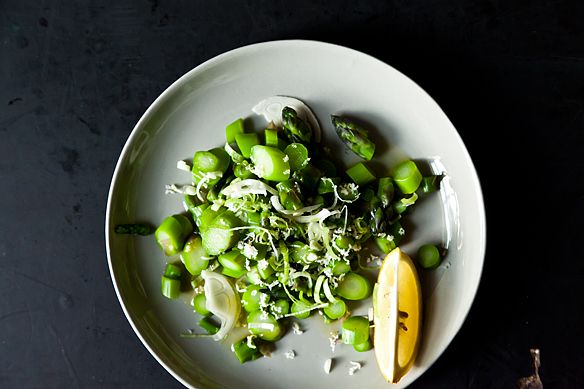
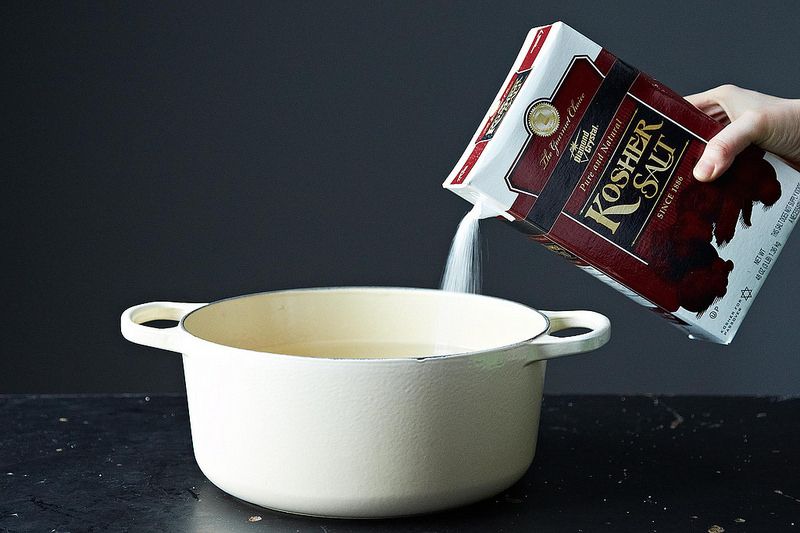
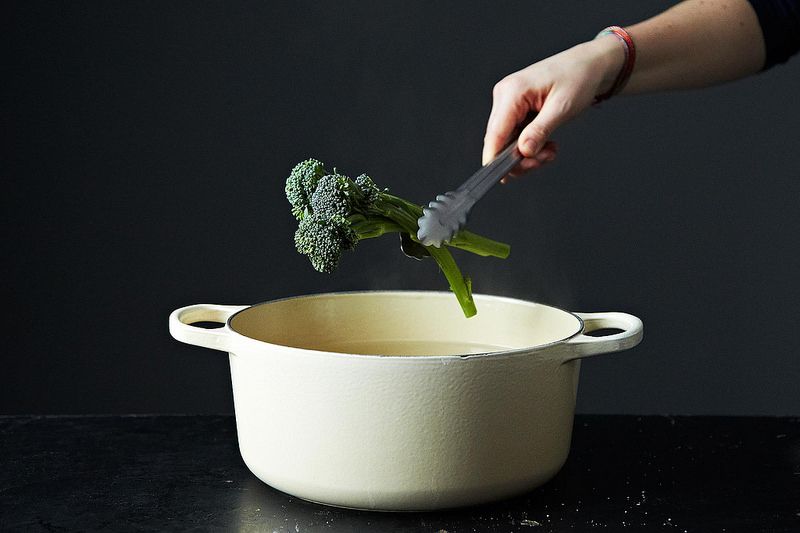
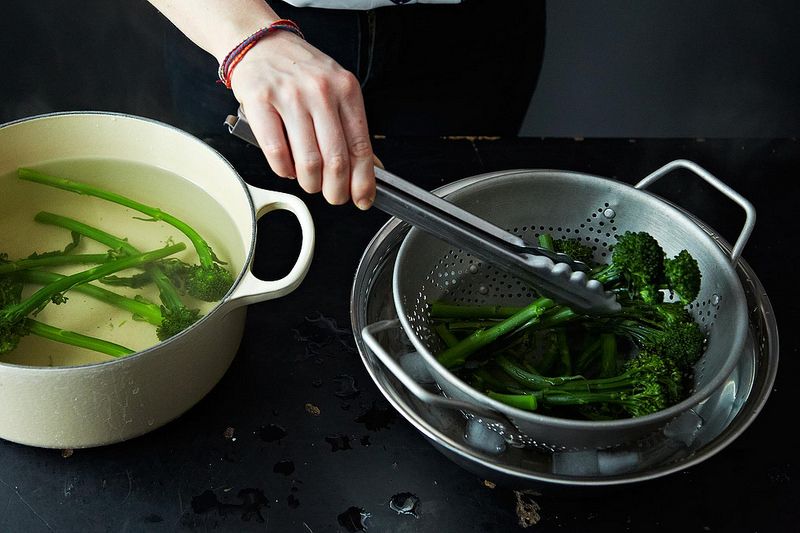
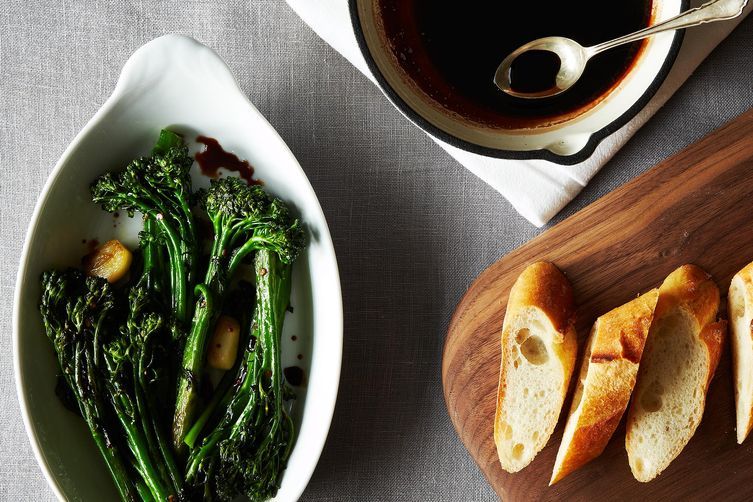

See what other Food52 readers are saying.